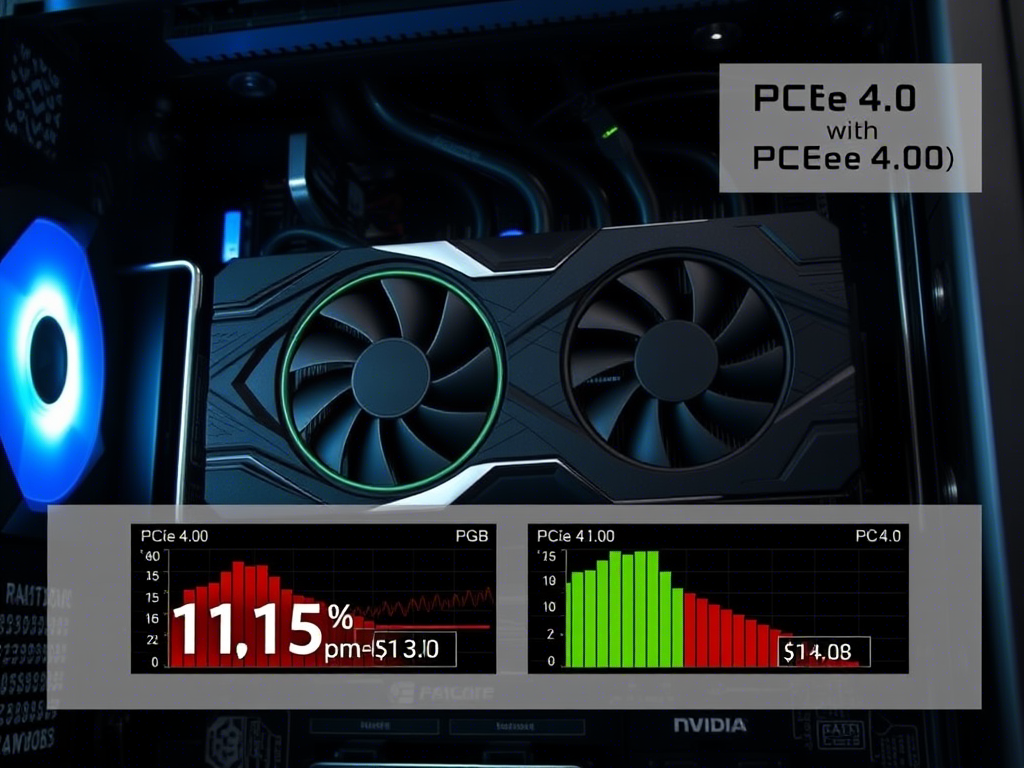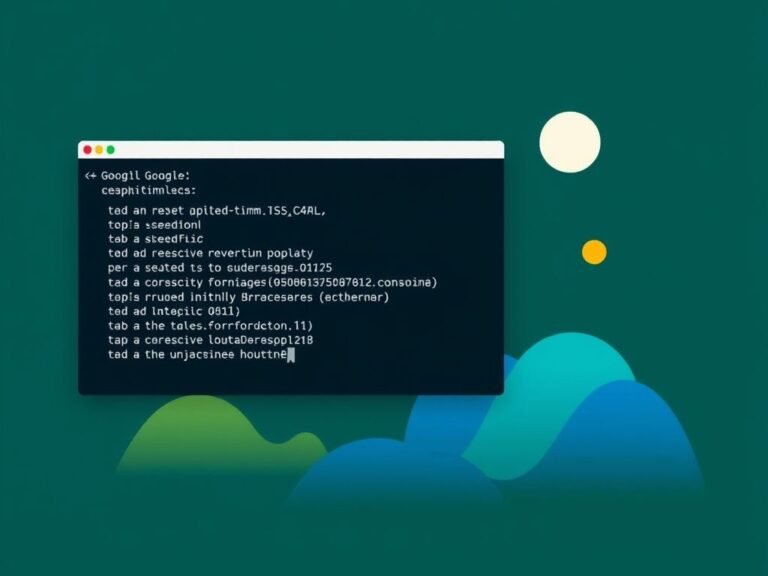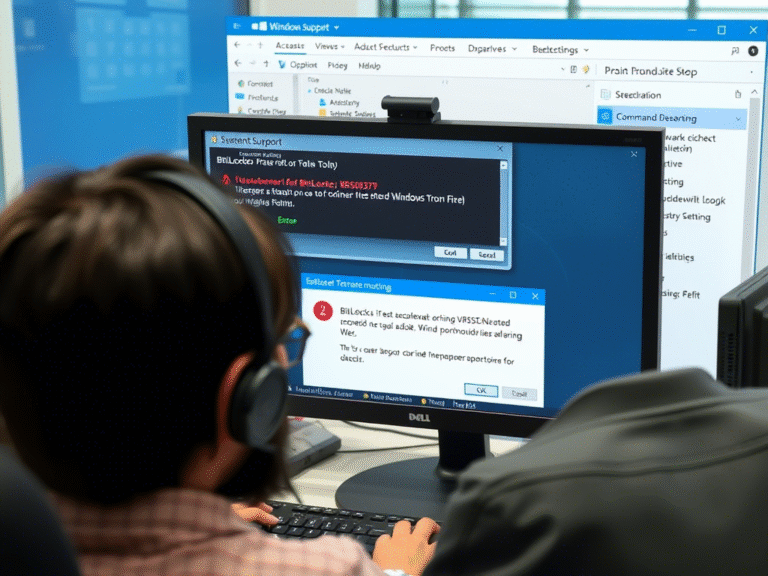PCIe 4.0 Limits RTX 5060 Ti 8GB by Up to 10% in Testing

PCIe 4.0 Limits RTX 5060 Ti 8GB by Up to 10% in Testing
Nvidia released both the RTX 5060 Ti 16GB and 8GB models in mid-April, with the higher-memory variant receiving generally favorable feedback. However, the 8GB version has faced criticism for frequently running into VRAM limitations , even at lower resolutions. Beyond that, tests by Computer Base (as translated) uncovered another drawback: reduced performance in certain games when used with PCIe 4.0 .
The site tested 27 games at QHD resolution , recording an average of 59.4 FPS for the 8GB model on a PCIe 5.0 motherboard. That dropped slightly to 55.82 FPS when connected via PCIe 4.0 . The 1% low frame rates were measured at 47.21 FPS and 43.93 FPS , respectively — a noticeable difference, though not drastic on its own.
However, some titles were hit harder than others. In eight games , both the average FPS and 1% lows dropped by at least 5 frames , translating to a performance decline of around 9% or more in those specific cases.
Performance Impact of Using RTX 5060 Ti 8GB on PCIe 4.0 vs PCIe 5.0
While many modern GPUs benefit only slightly from PCIe 5.0 over PCIe 4.0, the RTX 5060 Ti 8GB shows more noticeable differences in certain games due to its limited VRAM. Here’s a breakdown of how it performs across a wide range of titles at 1440p resolution .
Key Observations:
- Overall Average FPS:
- PCIe 5.0: 59.4 FPS
- PCIe 4.0: 55.82 FPS
- Difference: ~3.6 FPS (around 6% drop )
- 1% Low Frame Rates (Minimum Stability):
- PCIe 5.0: 47.21 FPS
- PCIe 4.0: 43.93 FPS
- Difference: ~3.3 FPS
🧠 Conclusion
Although the RTX 5060 Ti 8GB generally handles PCIe 4.0 well, the narrower bandwidth can become a bottleneck — particularly in memory-intensive titles. Given that this GPU already struggles with 8GB of VRAM , the added limitation of PCIe 4.0 can push it further, resulting in performance drops of up to 10–12 FPS in some games.
For best results — especially in newer AAA titles — users should consider pairing this GPU with a PCIe 5.0 motherboard to avoid unnecessary performance loss and maintain smoother gameplay.
This issue may not concern users with high-end graphics cards, as they’re typically running the latest hardware or can easily upgrade when needed. However, the RTX 5060 Ti 8GB is positioned as a mainstream GPU, likely to be purchased by budget-conscious gamers who may still be using older motherboards without PCIe 5.0 support.
These users will naturally expect improved performance when upgrading to this new card — but if their favorite games fall into the category affected by the PCIe 4.0 bottleneck, the experience could end up being underwhelming.
That’s why many tech reviewers are now steering clear of recommending GPUs with 8GB of VRAM or less , especially for modern gaming. As game developers continue to push graphical boundaries, players relying on memory-limited hardware risk being left behind.
There’s still a market for GPUs at this price level — otherwise Nvidia wouldn’t have launched the 8GB variant in the first place. But for those looking to future-proof their systems and get the best value over time, it’s wise to avoid brand-new graphics cards with less than 12GB of VRAM .





